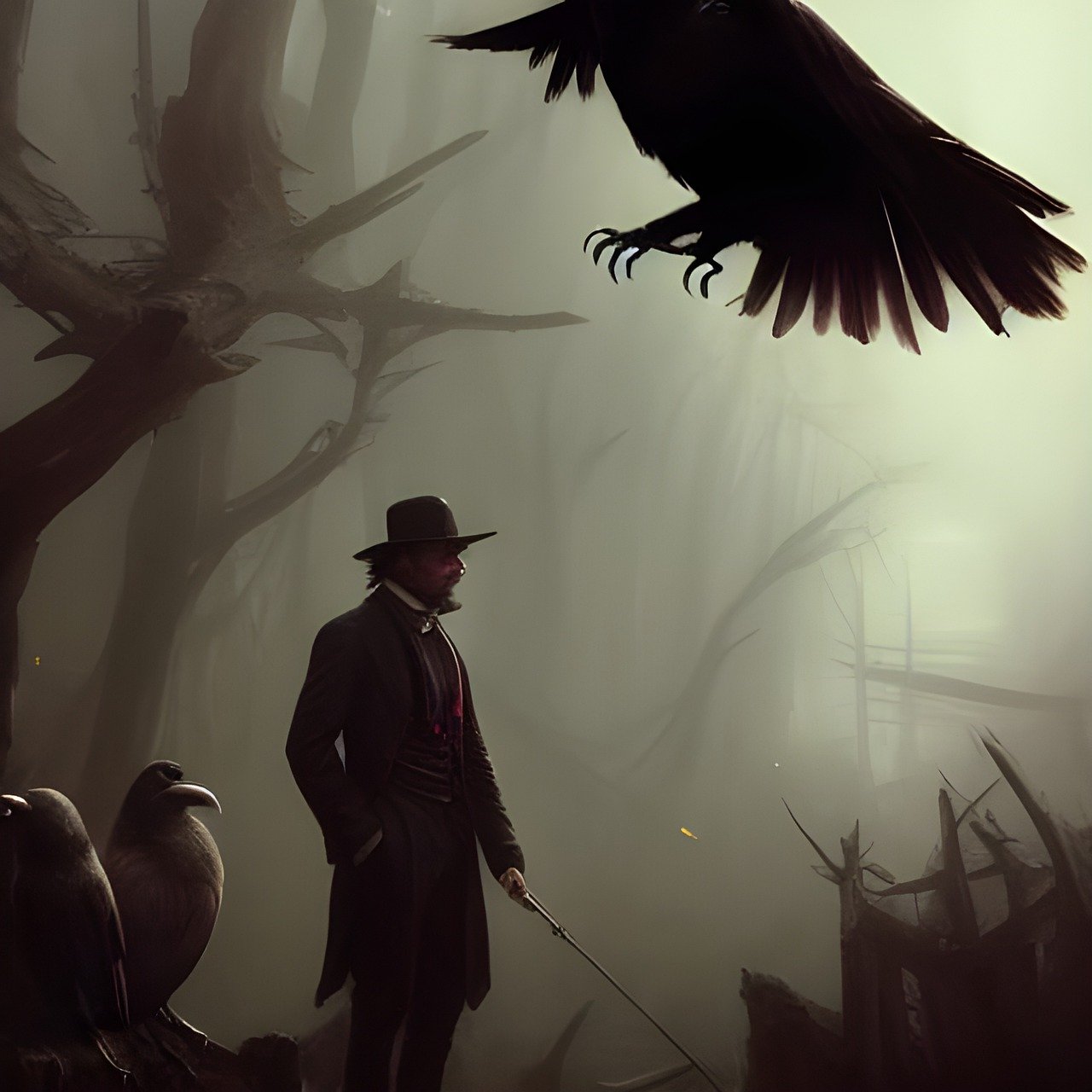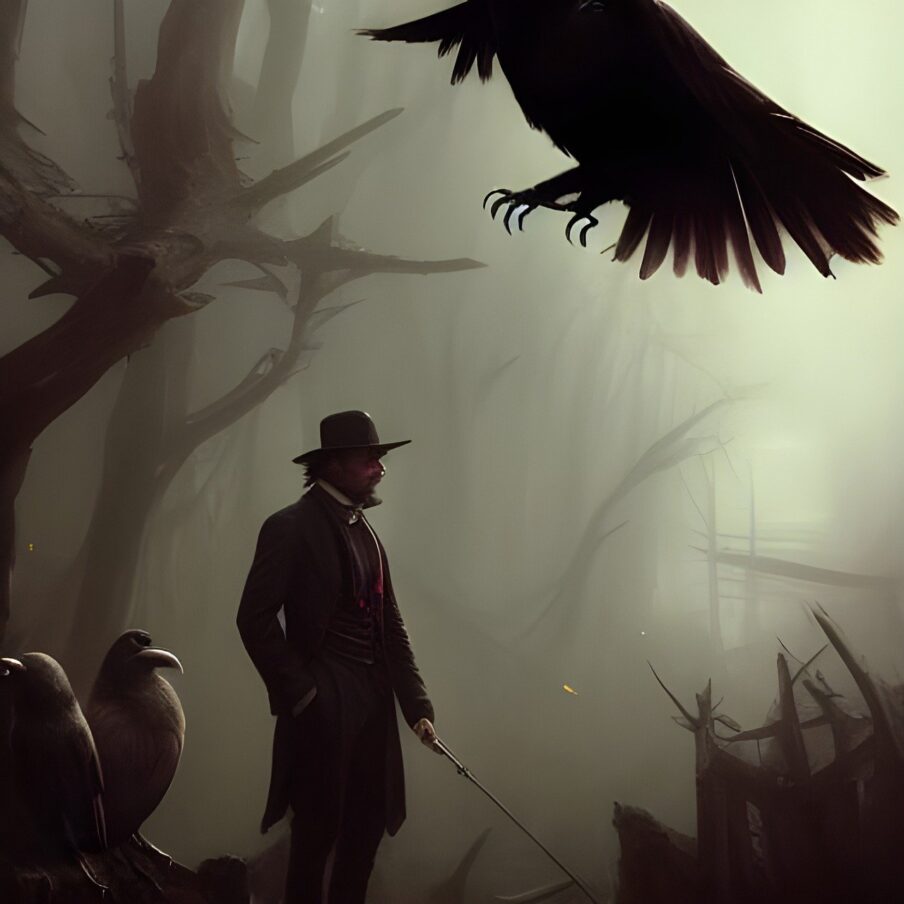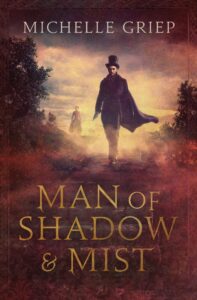By Michelle Griep, @MichelleGriep

Once upon a midnight dreary, while I pondered, weak and weary,
~ opening stanzas from The Raven, by Edgar Allan Poe
Over many a quaint and curious volume of forgotten lore—
While I nodded, nearly napping, suddenly there came a tapping,As of some one gently rapping, rapping at my chamber door.
Whether you love Poe’s work or not, you’ve got to admit that nearly everyone has heard the opening phrase of this piece. Having words you penned stuck in a reader’s mind decades later is a dream of every writer, whether they admit it or not. So let’s learn from this megalith of American literature, shall we?
Know the ending.
Poe says, “Let the writing have its beginning—at the end.” In other words, before you sit down to begin writing your next epic, know what the ending is going to be. If you keep the ending in view from the start, the story will flow naturally from beginning to end.

Write tight.
Poe was a big proponent of keeping the action moving and limiting your words. He said, “if any literary work is too long to be read at one sitting, we must be content to dispense with the immensely important effect derivable from unity of impression.” Of course if you’re a novelist there’s no way a reader can devour your book in one sitting. But be sure to make your scenes snappy, fast-acting, and always end with a cliff-hanger.
Choose your symbolism carefully.
In Poe’s epic poem The Raven, he first thought of having the repeated refrain (nevermore) come from the mouth of a parrot. But being that the poem is written with a melancholy tone in mind, he changed that to a raven, which is a bird of “ill omen.” Do that. Decide on the tone of your story, then use symbolism that ties in with your theme.
Setting is a character.
Poe usually decided on setting last for this reason: to decide what would best compliment the mood of the story. He created his characters first and then created his setting as a character as well.
Try one or all of these techniques next time you sit down to write your Great American Novel — whether it has a creepy theme or not.
Vampires are alive and well in North Yorkshire, leastwise in the minds of the uneducated. Librarian Rosa Edwards intends to drive a stake through the heart of such superstitions. But gossip flies when the mysterious Sir James Morgan returns to his shadowy manor. The townsfolk say he is cursed.
James hates everything about England. The weather. The rumours. The scorn. Yet he must stay. His mother is dying of a disease for which he’s desperately trying to find a cure—an illness that will eventually take his own life.
When Rosa sets out to prove the dark gossip about James is wrong, she discovers more questions than answers. How can she accept what she can’t explain—especially the strong allure of the enigmatic man? James must battle a town steeped in fear as well as the unsettling attraction he feels for the no-nonsense librarian.
Can love prevail in a town filled with fear and doubt?
Michelle Griep’s been writing since she first discovered blank wall space and Crayolas. She is the Christy Award-winning author of historical romances that both intrigue and evoke a smile. An Anglophile at heart, you’ll most often find her partaking of a proper cream tea while scheming up her next novel…but it’s probably easier to find her at www.michellegriep.com or on Facebook, Instagram, and Pinterest.
And guess what? She loves to hear from readers! Feel free to drop her a note at michelle@michellegriep.com


